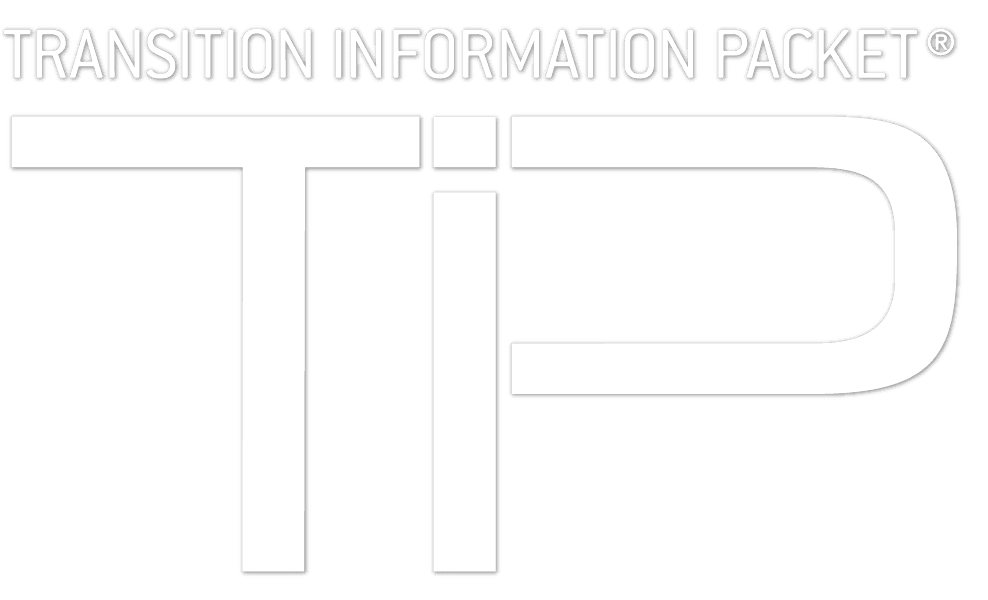Did you know that Galileo Galilei perfected the first device known as a microscope in 1609?
Today, microscopes enable researchers to conduct in-depth academic and exploratory research using increasingly complex methods and technologies. With the interest in life science areas such as nanoscience, pharmacology, and toxicology growing at a rapid pace, the need for advanced microscopes that employ mediums much more penetrative than light such as electron and X-ray has also increased. The rapid expansion of the global microscopy devices market is attributed to an increase in innovations and technological advancements in microscopes, focus on R&D activities by pharmaceutical and biotechnology companies, and growth of the life science industry.
According to BCC Research, the global market for microscopes, accessories and supplies reached $7.1 billion in 2019 and should reach $9.8 billion by 2024, at a compound annual growth rate (CAGR) of 6.6% for the period of 2019-2024. The microscopy market includes several fields, such as optical microscopy, scanning probe microscopy, electron microscopy, and microscopy accessories. Growth in this market is driven largely by factors such as a favorable funding scenario for R&D in microscopy, technological advancements in microscopes, and rising focus on nanotechnology and regenerative medicine. However, the high cost of the advanced microscopes is expected to restrain the growth of this market during the forecast period.
Electron microscopes are expected to show the highest growth in this market due to the high magnification ratio, electron microscopes have vital applications in biology, material sciences, nanotechnology, and semiconductor industries. Growing R&D activities and easy availability of funds have resulted in increasing life science and material science research. This, in turn, is expected to drive the demand for electron microscopes. The growing trend of correlative light and electron microscopy is also responsible for the growth of the electron microscopes segment. Grandview Research reports that the global electron microscope market size was valued at $3.2 billion in 2017 and is anticipated to expand at a CAGR of 7.4% through 2025.
If electron microscopy is the fastest growing market segment, what exactly is it? Electron microscopy is used to produce high-resolution images at the atomic scale of everything from composite nanomaterials to single proteins. The technology is primarily a research tool that provides invaluable information on the texture, chemistry, and structure of advanced materials. Research in this field has focused on achieving higher resolutions over the past few decades, or in layman’s terms, being able to image materials at progressively finer levels with more sensitivity and contrast.
Presently, there are two major types of electron microscopes used in clinical and biomedical research settings: the transmission electron microscope (TEM) and the scanning electron microscope (SEM). The TEM and SEM can also be combined in one instrument called the scanning transmission electron microscope (STEM). The following outlines the basic principles and differences between these tools:
- TEM: magnifies 50 to ~50 million times; the specimen appears flat
- SEM: magnifies 5 to ~ 500,000 times; sharp images of surface features
- STEM: magnifies 5 to ~50 million times; the specimen appears flat
Key firms in the electron microscopy market include Nikon Metrology Inc.; Thermo Fisher Scientific.; ZEISS, International; JEOL Ltd.; Angstrom Advanced Inc.; Hirox Europe Ltd.; and Hitachi High-Technologies Europe GmbH. In terms of their strategies, regional and service portfolio expansions and merger and acquisitions are a common practice in this market. For example, Thermo Fischer Scientific acquired electron microscope software console from Roper technologies in June of 2018.
Work being carried out at the National Center for Electron Microscopy (NCEM) located at the Lawrence Berkeley National Laboratory is impacting the following areas of research:
- Defects and deformation
- Mechanisms and kinetics of phase transformations in materials
- Nanostructured materials
- Surfaces, interfaces and thin films
- Microelectronics materials and devices
In addition to NCEM, other national labs are working on electron microscopy, Brookhaven National Lab has five top-of-the line transmission electron microscopes, Argonne National Lab is using electron and x-ray microscopy to better understand Nanoscale Dynamics, and The Scanning Transmission Electron Microscopy (STEM) Group of the Materials Science and Technology Division at Oak Ridge National Lab currently operates four aberration-corrected STEMs. The Frederick National Laboratory is home to the National Cryo-Electron Microscopy Facility (NCEF), which provides cancer researchers access to the latest technology for high resolution imaging, and The Electron Microscopy Laboratory (EML) at the Idaho National Lab is a user facility dedicated to materials characterization, using primarily electron and optical microscopy tools.
To learn more about research and resources, the Microscopy Society of America provides an extensive guide on its website.



